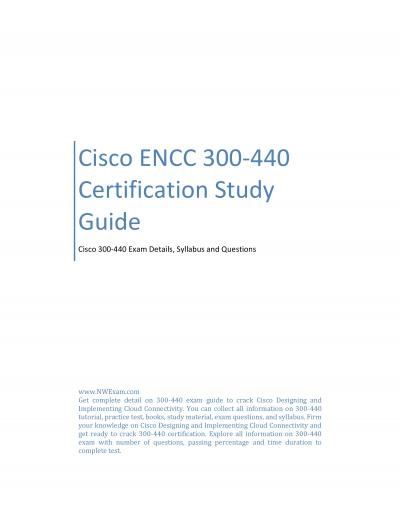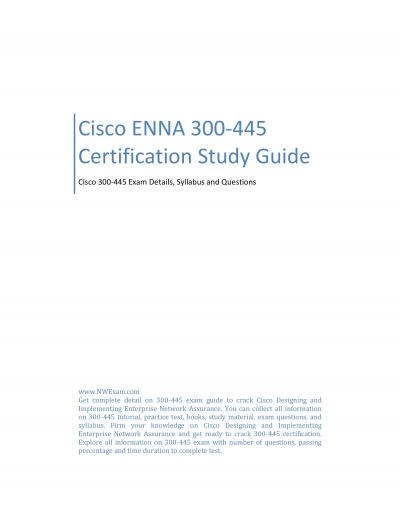PPT-Life on the Bungie Farm Fun things to do with 180 servers and 300 processors
Author : ellena-manuel | Published Date : 2018-11-10
Sean Shypula sshypbungiecom Luis Villegas What this talk is about Serverside tools Distributed asset processing How these tools helped us make better games How a
Presentation Embed Code
Download Presentation
Download Presentation The PPT/PDF document "Life on the Bungie Farm Fun things to do..." is the property of its rightful owner. Permission is granted to download and print the materials on this website for personal, non-commercial use only, and to display it on your personal computer provided you do not modify the materials and that you retain all copyright notices contained in the materials. By downloading content from our website, you accept the terms of this agreement.
Life on the Bungie Farm Fun things to do with 180 servers and 300 processors: Transcript
Download Rules Of Document
"Life on the Bungie Farm Fun things to do with 180 servers and 300 processors"The content belongs to its owner. You may download and print it for personal use, without modification, and keep all copyright notices. By downloading, you agree to these terms.
Related Documents


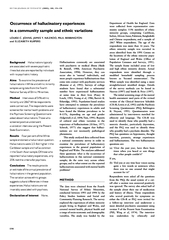


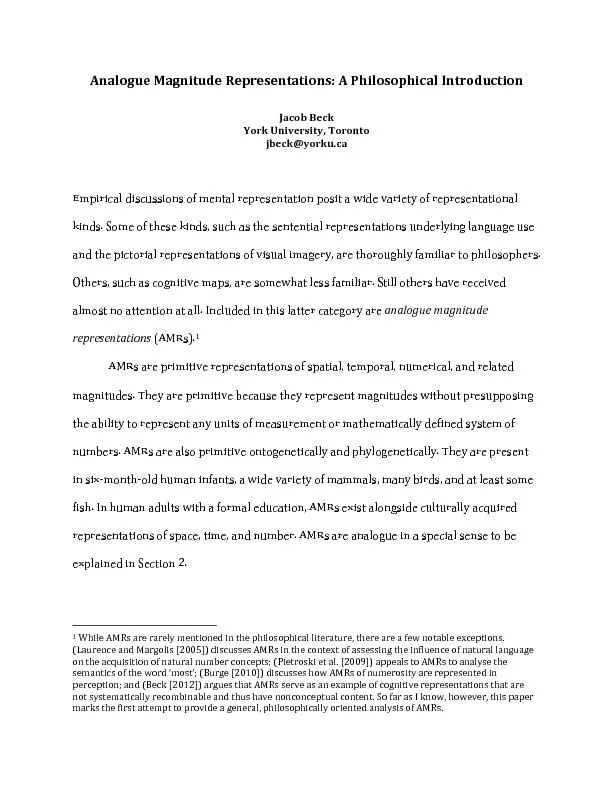

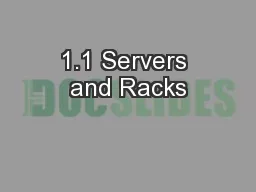


![[DOWNLOAD] - 180 Days of Practice for Second Grade (Set of 3), 2nd Grade Workbooks for](https://thumbs.docslides.com/901013/download-180-days-of-practice-for-second-grade-set-of-3-2nd-grade-workbooks-for-kids-ages-6-8-includes-180-days-of-reading-180.jpg)
![[READ] - 180 Days of Practice for Sixth Grade (Set of 3) 6th Grade Workbooks for Kids](https://thumbs.docslides.com/901093/read-180-days-of-practice-for-sixth-grade-set-of-3-6th-grade-workbooks-for-kids-ages-10-12-includes-180-days-of-reading-180.jpg)
